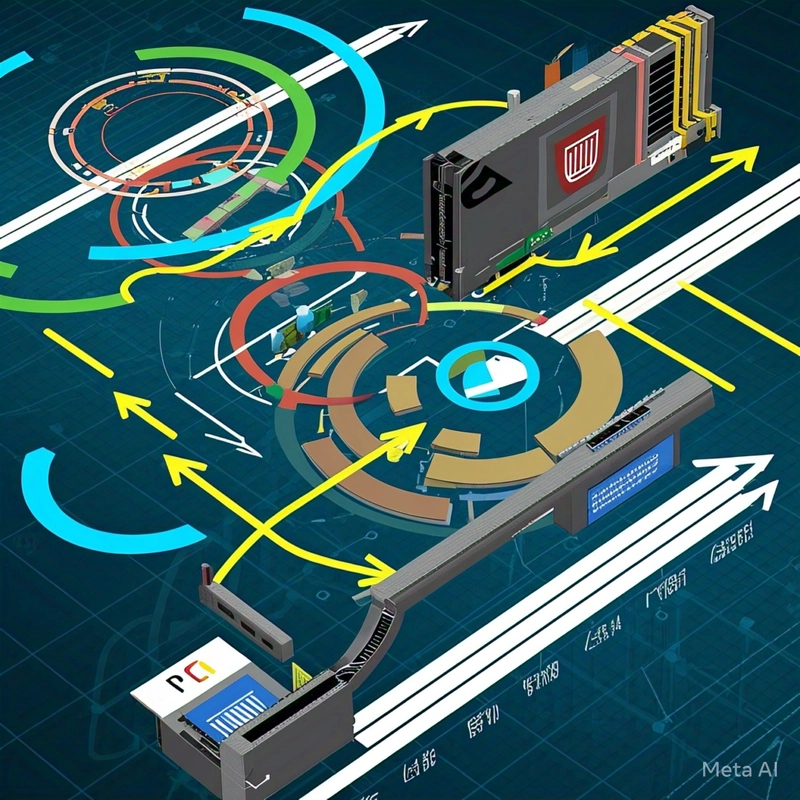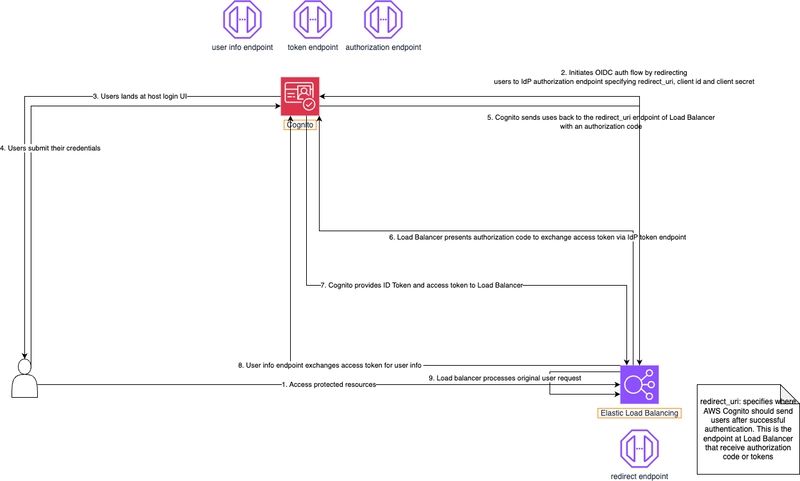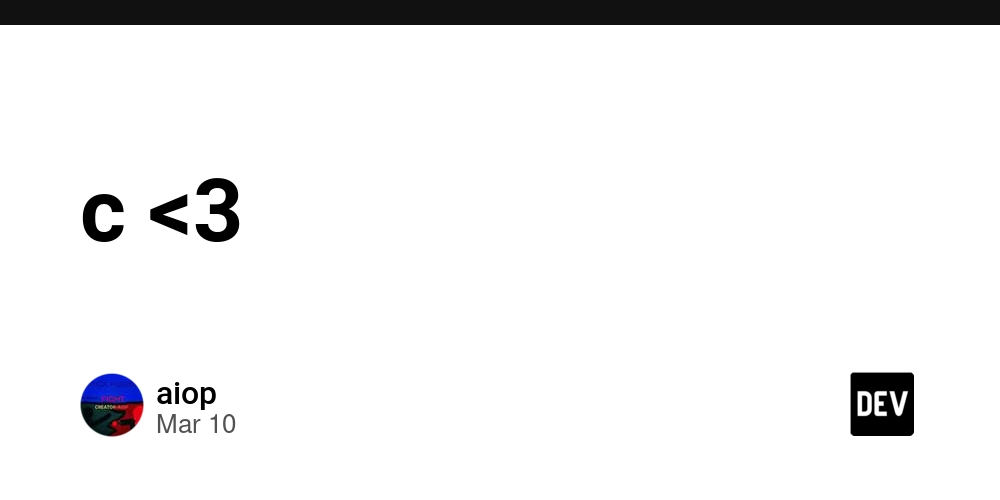How I Built a Smart Shopping Tracker That Saves Users Money
Why i created Salespy: Solving the Smart Shopping Problem Programming is awesome, but I’ve always wanted to go all the way – from an idea to a working product that actually brings value. That’s how Salespy was born – a service for tracking discounts on Amazon, Walmart, Target, and The Home Depot. At first, I thought one marketplace would be enough, but it turned out users needed more powerful features to enhance their shopping experience. The workload grew a bit more than I expected – no killer features, no way forward. Competitor analysis: How Salespy stands out There are already several well-known price tracking tools on the market, but each comes with significant drawbacks: Keepa – A powerful tool with a massive price history database, but its interface is outdated and difficult to navigate. Plus, it only supports Amazon and is not available in all countries. CamelCamelCamel – Similar to Keepa, but some users report price history manipulation, which raises trust issues. Honey – Primarily focuses on coupon savings rather than full-scale price tracking. What problems did i want to solve? Modern and user-friendly interface – No clutter, only the features you actually need. Multi-marketplace support – Tracks discounts across Amazon, Walmart, Target, and The Home Depot. Global availability – Works in all countries where these marketplaces operate. Browser extensions & mobile apps – Seamless tracking, anytime, anywhere. Advanced features for more accurate and efficient price tracking. Salespy isn't just another price tracker - it's a smarter, faster, and easier way to save money! How Salespy works: Tech stack and architecture To start, I chose: Next.js (it was a SPA at first, but SEO let me down) TypeScript NestJS – in my opinion, the best framework Redis + BullMQ + MySQL Nginx And in the future, I’ll need: Python Dart + Flutter At the beginning, I made a mistake. I decided to go with SPA + Helmet, thinking it would be fine for the early stages, but SEO was terrible. I had to quickly rewrite the public pages in Next.js, and that really helped. Want a breakdown of the tech stack and architecture details? Drop a comment – I can write a separate post! First mistakes and promotion There were more tasks than I could handle on my own, and as a result, I lost 7 registrations due to a poorly tested release. It’s hard to attract users without a trial period. Had to add that. Marketing takes more time than coding. It's something new and a challenge. I’m still actively working on the project. Upcoming Features: What’s Next for Salespy? New marketplaces A new price update mechanism – faster, more accurate, and scalable Plugins, mobile app Real savings: One of the users saved $226.03 just by receiving a timely notification from Salespy.

Why i created Salespy: Solving the Smart Shopping Problem
Programming is awesome, but I’ve always wanted to go all the way – from an idea to a working product that actually brings value. That’s how Salespy was born – a service for tracking discounts on Amazon, Walmart, Target, and The Home Depot.
At first, I thought one marketplace would be enough, but it turned out users needed more powerful features to enhance their shopping experience. The workload grew a bit more than I expected – no killer features, no way forward.
Competitor analysis: How Salespy stands out
There are already several well-known price tracking tools on the market, but each comes with significant drawbacks:
- Keepa – A powerful tool with a massive price history database, but its interface is outdated and difficult to navigate. Plus, it only supports Amazon and is not available in all countries.
- CamelCamelCamel – Similar to Keepa, but some users report price history manipulation, which raises trust issues.
- Honey – Primarily focuses on coupon savings rather than full-scale price tracking.
What problems did i want to solve?
- Modern and user-friendly interface – No clutter, only the features you actually need.
- Multi-marketplace support – Tracks discounts across Amazon, Walmart, Target, and The Home Depot.
- Global availability – Works in all countries where these marketplaces operate.
- Browser extensions & mobile apps – Seamless tracking, anytime, anywhere.
- Advanced features for more accurate and efficient price tracking.
Salespy isn't just another price tracker - it's a smarter, faster, and easier way to save money!
How Salespy works: Tech stack and architecture
To start, I chose:
- Next.js (it was a SPA at first, but SEO let me down)
- TypeScript
- NestJS – in my opinion, the best framework
- Redis + BullMQ + MySQL
- Nginx
And in the future, I’ll need:
- Python
- Dart + Flutter
At the beginning, I made a mistake. I decided to go with SPA + Helmet, thinking it would be fine for the early stages, but SEO was terrible. I had to quickly rewrite the public pages in Next.js, and that really helped.
Want a breakdown of the tech stack and architecture details? Drop a comment – I can write a separate post!
First mistakes and promotion
- There were more tasks than I could handle on my own, and as a result, I lost 7 registrations due to a poorly tested release.
- It’s hard to attract users without a trial period. Had to add that.
- Marketing takes more time than coding. It's something new and a challenge.
I’m still actively working on the project.
Upcoming Features: What’s Next for Salespy?
- New marketplaces
- A new price update mechanism – faster, more accurate, and scalable
- Plugins, mobile app
Real savings: One of the users saved $226.03 just by receiving a timely notification from Salespy.












































































































































































![[The AI Show Episode 142]: ChatGPT’s New Image Generator, Studio Ghibli Craze and Backlash, Gemini 2.5, OpenAI Academy, 4o Updates, Vibe Marketing & xAI Acquires X](https://www.marketingaiinstitute.com/hubfs/ep%20142%20cover.png)



























































































































![[DEALS] The Premium Learn to Code Certification Bundle (97% off) & Other Deals Up To 98% Off – Offers End Soon!](https://www.javacodegeeks.com/wp-content/uploads/2012/12/jcg-logo.jpg)


![From drop-out to software architect with Jason Lengstorf [Podcast #167]](https://cdn.hashnode.com/res/hashnode/image/upload/v1743796461357/f3d19cd7-e6f5-4d7c-8bfc-eb974bc8da68.png?#)








































































































.png?#)


































_Christophe_Coat_Alamy.jpg?#)


.webp?#)
 (1).webp?#)



































































































![Apple Considers Delaying Smart Home Hub Until 2026 [Gurman]](https://www.iclarified.com/images/news/96946/96946/96946-640.jpg)
![iPhone 17 Pro Won't Feature Two-Toned Back [Gurman]](https://www.iclarified.com/images/news/96944/96944/96944-640.jpg)
![Tariffs Threaten Apple's $999 iPhone Price Point in the U.S. [Gurman]](https://www.iclarified.com/images/news/96943/96943/96943-640.jpg)





































































































































